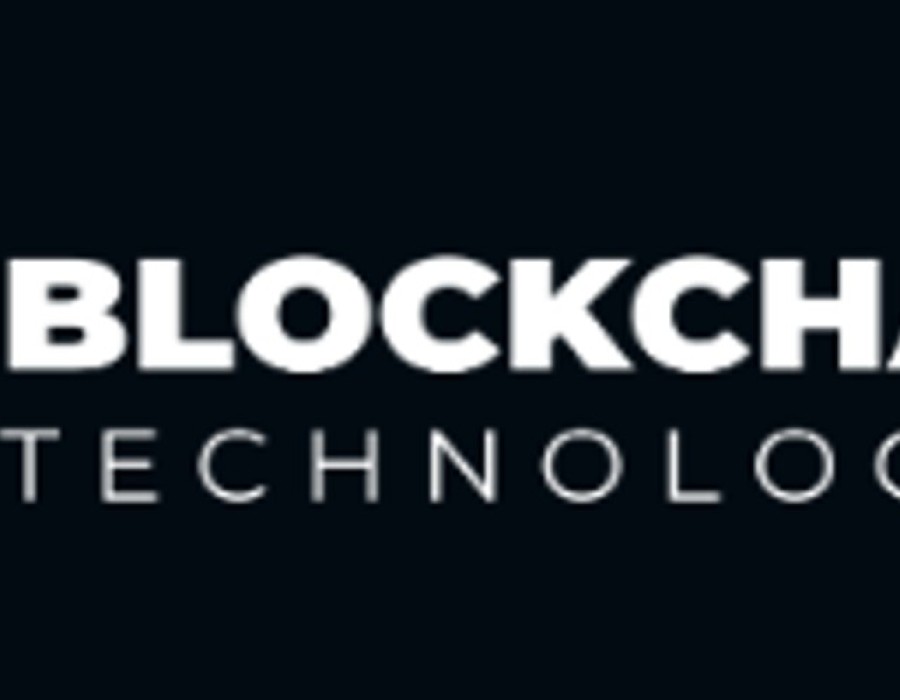The landscape of finance and asset management is being reshaped by the advent of blockchain technology, and one of its most transformative applications is the tokenization of real world assets (RWA). RWA tokenization platforms are poised to revolutionize how we invest in and manage physical assets, offering unprecedented levels of liquidity, transparency, and accessibility. This article explores the development of RWA tokenization platforms, highlighting the key components, development steps, and considerations necessary for creating a robust and compliant solution.
Understanding RWA Tokenization:
RWA tokenization involves creating digital representations (tokens) of physical assets on a blockchain. These tokens confer ownership or a stake in the underlying asset, allowing them to be traded on digital exchanges. This process democratizes access to investment opportunities, enabling fractional ownership and enhancing liquidity in markets that were traditionally illiquid, such as real estate, art, and commodities.
Key Components of an RWA Tokenization Platform:
- Blockchain Technology: The backbone of any RWA tokenization platform is the blockchain. It ensures transparency, immutability, and security of transactions. Platforms such as Ethereum, Binance Smart Chain, and Polkadot are popular choices due to their robust smart contract capabilities and wide adoption.
- Asset Digitization: This involves verifying and valuing the physical assets to be tokenized. A standardized process for asset appraisal and verification is crucial to ensure the accuracy and reliability of the tokens.
- Token Issuance and Management: Smart contracts are used to mint and manage tokens. Tokenomics, including supply, distribution, and utility, must be carefully designed to align with the asset's characteristics and the platform's goals.
- Regulatory Compliance: Navigating the complex landscape of securities laws and regulations is critical. Implementing robust KYC (Know Your Customer) and AML (Anti-Money Laundering) procedures ensures compliance and builds trust with investors.
- Security Measures: Regular security audits, multi-signature wallets, and cold storage solutions are essential to protect the platform and its users from malicious attacks.
- User Interface and Experience: A user-friendly platform that offers seamless access to asset dashboards, transaction histories, and investment insights is vital for attracting and retaining users.
- Integration with Traditional Financial Systems: Providing gateways for fiat-to-crypto conversions and integrating with existing financial systems enhance the platform’s accessibility and usability.
Conclusion:
We offer RWA tokenization platform development services. We help you create a secure and efficient tokenization platform for your real-world assets.





Comments